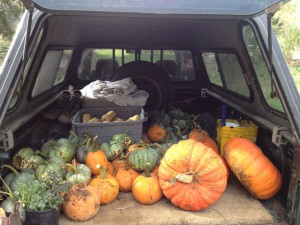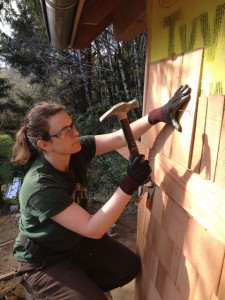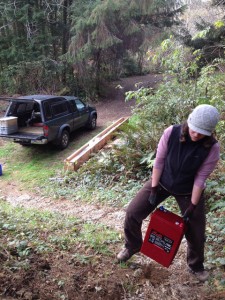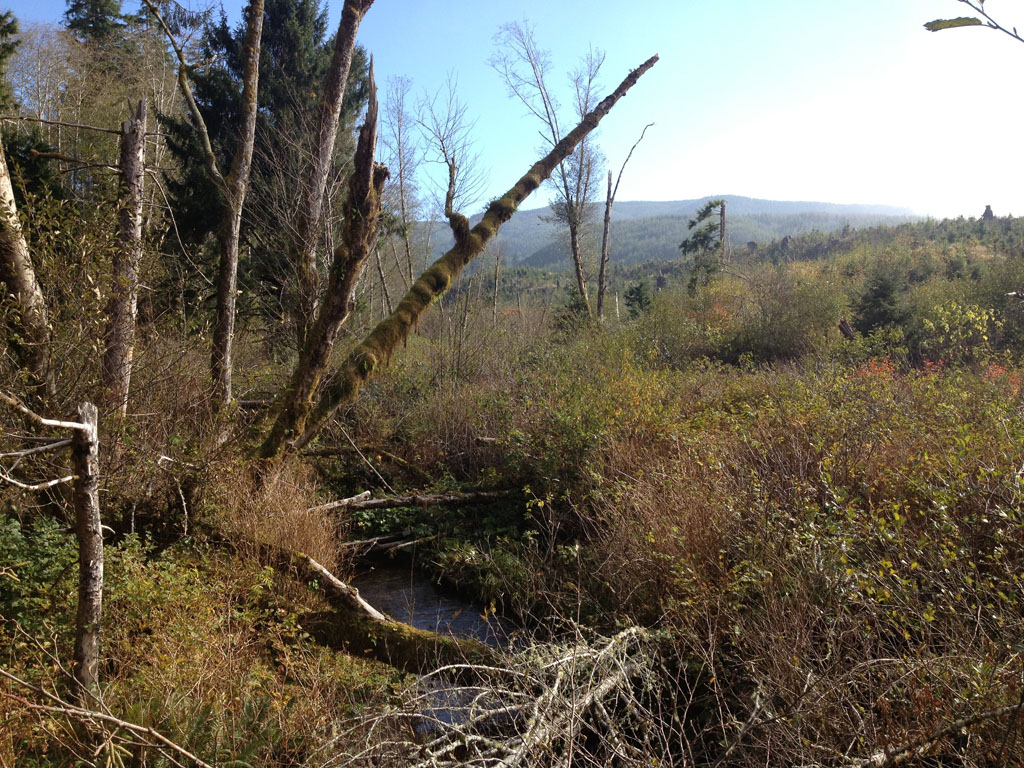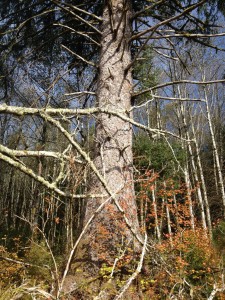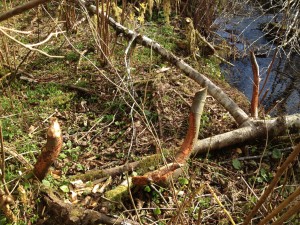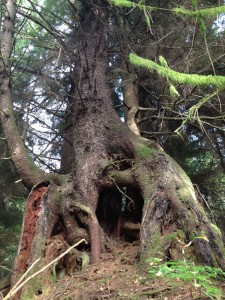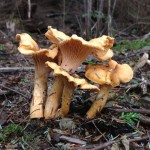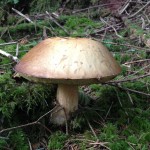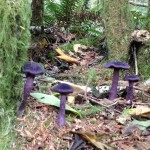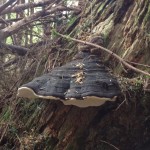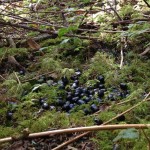I came across a great article the other day regarding genetically modified corn. I want to share it with you, because it affects the growing Emily and I do here at Peace Crops. It’s also a convenient opportunity to share some of what we’ve learned about this topic with those of you who only hear about it as background noise in the general newsmedia.
“GMO” is an acronym for Genetically Modified Organism. It can mean a lot of things, but in this discussion, it applies to crops that have had extra strands of DNA inserted into their genetic code in a laboratory. The big hullabaloo centers around two different but interlocked issues, and I’ll talk about them one at a time.
The first issue is the one you’ve likely heard before: the idea that is might not be safe to insert genes from one animal into another. The religious crowd questions whether it’s a good idea to play “god” and rearrange his creations, sticking DNA from invertebrates into zebrafish to make them glow (this has been done, as a novelty item) or taking genes from the snowdrop plant and inserting them into potatoes to make them poisonous to insect pests (again, been done, and there’s now concern that it poisons mammals too). The naturalist wonders if it’s a good idea to combine DNA in a way that never occurred through natural selection, and release it into an ecosystem that has not had time to evolve with it. My personal take is that the current state of GMO research and regulation sounds sketchy to me- mankind has been notoriously bad at forseeing ANY of the long-term impacts that our creations have on the world we live in, so why do we suddenly think that GMO sunflowers are safe after they are tested for only a single season by the very corporations who created them and stand to profit from their sale?
The second issue is more subtle and much scarier: Once “in the wild,” Genetically Modified Organisms are impossible to contain. If you engineer a bigger, stronger salmon so your commercial fisherman can produce more tonnage of fish for us to eat, you may get a frankensalmon that is so powerful that it kills everything else in the stream (Item #1). But once you’ve released one into the wild, you’ve also guaranteed that all the natural, unmodified salmon will eventually be wiped out as they are out-bred and out-competed by their engineered cousins (Item #2).
“So what?” says the guy in the corner who doesn’t give a crap about the environment. “I just want to eat salmon, and bigger means more.”
Well, suppose that when they made the salmon bigger, a side effect was that this GMO salmon also is particularly susceptible to a certain strain of bacteria. A strain of bacteria that isn’t terribly common, and didn’t happen to appear in the laboratory the year they were testing the GMO salmon. In fact, it didn’t infect any GMO salmon the first three years it was in the wild, while they were destroying the entire native salmon population. But in year four, it infected the GMO salmon population, and wiped them out. Leaving no salmon at all, GMO or natural.
This is of course a hypothetical scenario, but one that could easily occur in many different ways. What if this happens in, say, corn? Monsanto already engineers several varieties of corn that have genes inserted in them to make the corn intrenally produce pesticides (read: poison) as part of their cell structure. Works great, keeps the corn from getting chewed on by the bugs, we get more corn. And the poison doesn’t affect humans; Monsanto tested it and promised the FDA it is safe. Really.
But what if we figure out in five years that it does affect humans? Just like asbestos or DDT, both of which were (in their heyday) very popular and promised by their manufacturers to be completely safe. “No problem,” says the same guy in the corner. “We’ll just stop making it and design something different.”
Wrong. And this is where Item #2 becomes the bigger of the two problems. Once a GMO gets into the gene pool of the natural environment, it reproduces, multiplies, and is impossible to get out. Corn pollen drifts up to a half mile on the wind, spreading its genetic code (one that we wrote?) to all the surrounding corn, which is harvested, replanted, and then spreads again the next season. And it’s exponential. If one corn plant produces a thousand seeds, those thousand seeds will turn into one million the next season, and those million will turn into a trillion the next. That’s just three years. And the GMO pollen that is contaminating the gene pool (and food supply) is in the air all around us. The organic farmer on the other side of the county isn’t safe; his crop is going to be fine the first year; but by the second year, his corn will be half GMO (corn is promiscuous, like most of nature). And the home gardener is not safe either, his corn will also be contaminated by the second year if he lives within a mile of anyone else planting corn. Which he certainly does, unless he lives on a remote island in the south pacific.
That’s why we try to fight against GMOs wherever we can. Not because we’re scared of the lack of testing and don’t trust that large corporations have our best interests at heart. It’s because they take away our freedom of choice, our ability to grow what we want as well as protect our food supply from their opinion of what’s “safe.”
So, to bring this all around, the article I referenced is about how Seed Savers (a cool group of people that breed and save historical and awesome specialty varieties of vegetables) works to keep their corn seed true to breed, and how wrong they were about the effectiveness of some of their purity safety measures. It’s fascinating and sobering, and as you read it, imagine that the GMO corn they’re talking about has a side effect that hasn’t been discovered yet. I dunno, maybe one that turns people who eat it into zombies, but only on years divisible by 10? Makes it a lot scarier.

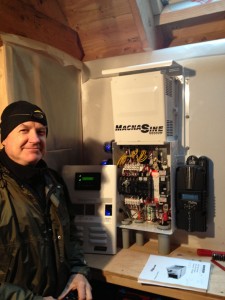

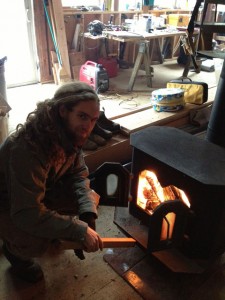
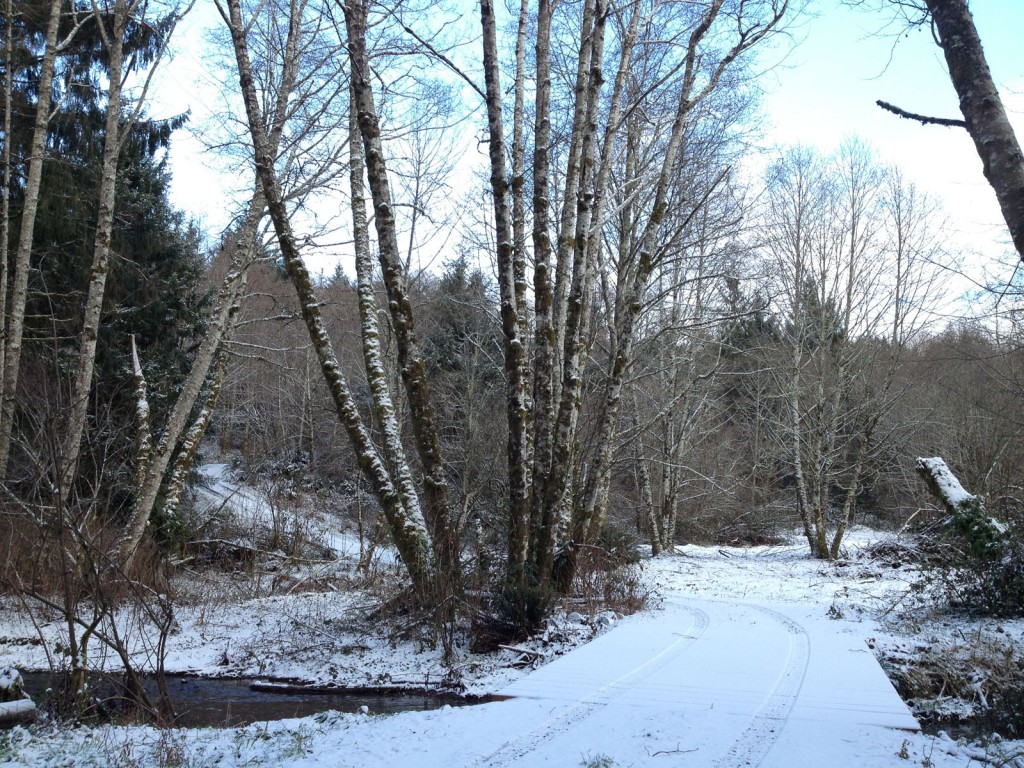
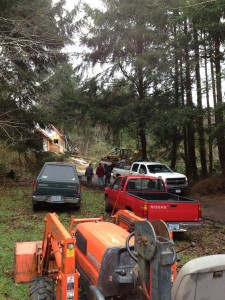 This weekend we had a larger, more diverse gathering of workers than ever before. I went out early to get set up and organized before Jeff came back to help wire the solar panels, and I arrived to find that my logger neighbors were already well into their work. Turns out, Sandy’s son had the thanksgiving weekend off, and what better way to spend time with Dad then cutting down some trees? They MUST have started right at the crack of dawn, because I showed up at 10:00 to find that they’d already felled three of the four trees directly in front of the house, limbed them, cut them into rounds, and loaded them into the trucks. I’m telling you, these guys are FAST. We exchanged some pleasantries, then I got to watch them take down the last one. It was like clockwork: they hooked up a safety cable and pulley to make double sure it didn’t go towards the house, fired up the chainsaws, and second the tree came whooshing down to the ground. It’s weird how much noise they make as the branches sweep through the air, before they even make the big CRUNCH at the bottom. Then, with three chainsaws going at once, they dismantled the fourth tree and loaded it up too.
This weekend we had a larger, more diverse gathering of workers than ever before. I went out early to get set up and organized before Jeff came back to help wire the solar panels, and I arrived to find that my logger neighbors were already well into their work. Turns out, Sandy’s son had the thanksgiving weekend off, and what better way to spend time with Dad then cutting down some trees? They MUST have started right at the crack of dawn, because I showed up at 10:00 to find that they’d already felled three of the four trees directly in front of the house, limbed them, cut them into rounds, and loaded them into the trucks. I’m telling you, these guys are FAST. We exchanged some pleasantries, then I got to watch them take down the last one. It was like clockwork: they hooked up a safety cable and pulley to make double sure it didn’t go towards the house, fired up the chainsaws, and second the tree came whooshing down to the ground. It’s weird how much noise they make as the branches sweep through the air, before they even make the big CRUNCH at the bottom. Then, with three chainsaws going at once, they dismantled the fourth tree and loaded it up too.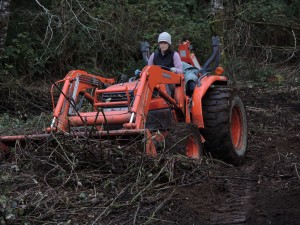
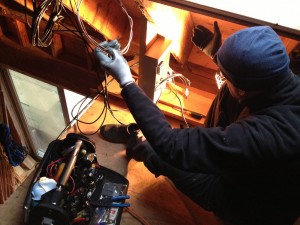
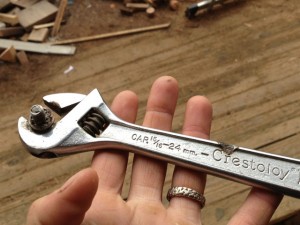
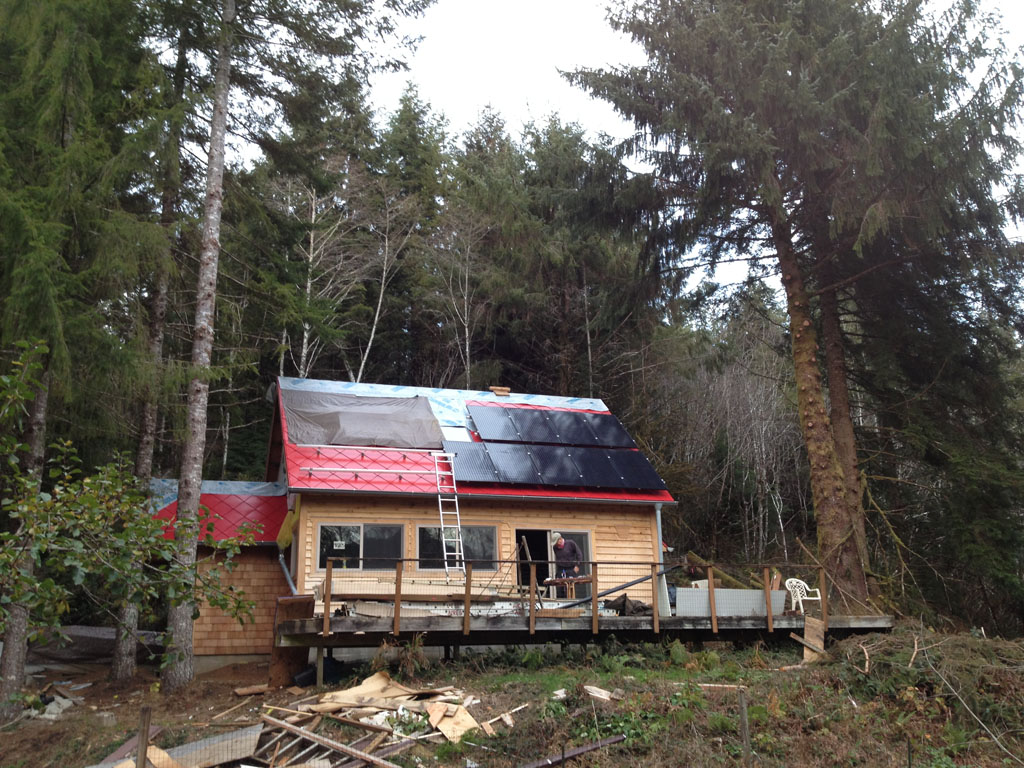
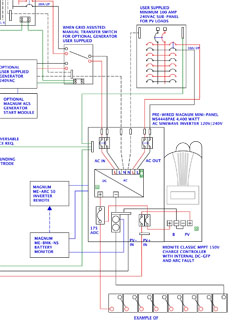
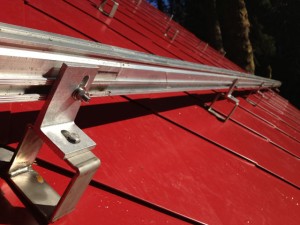

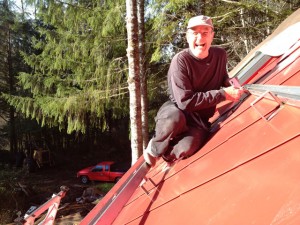
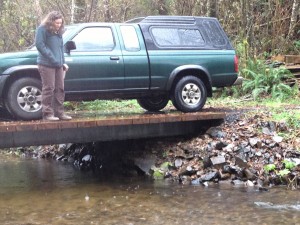
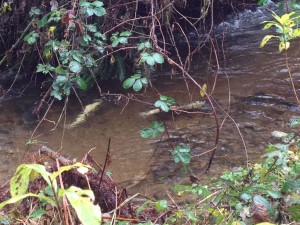
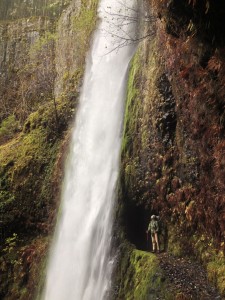


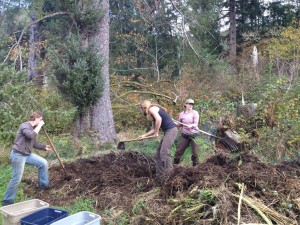 Much like a cabin or RV, the garden needs to be winterized. There are bins to hose out, equipment to be sorted and cleaned, hoses to be rolled up, and mounds of compost to be turned. Here we see Emily and our buddies Sleep and Allyson working over this year’s pile. It smells nice and earthy, which is a good sign that things are progressing as they should. Once it’s turned, there’s a tarp to throw on top to keep most of the rain out, and then it’s ready for a long winter’s nap.
Much like a cabin or RV, the garden needs to be winterized. There are bins to hose out, equipment to be sorted and cleaned, hoses to be rolled up, and mounds of compost to be turned. Here we see Emily and our buddies Sleep and Allyson working over this year’s pile. It smells nice and earthy, which is a good sign that things are progressing as they should. Once it’s turned, there’s a tarp to throw on top to keep most of the rain out, and then it’s ready for a long winter’s nap.